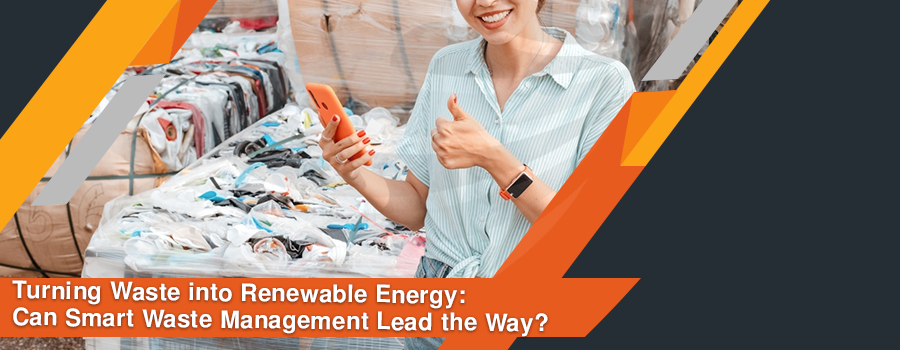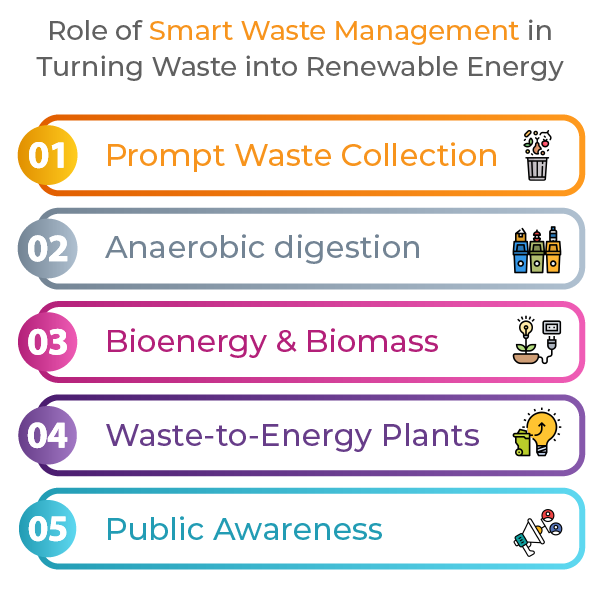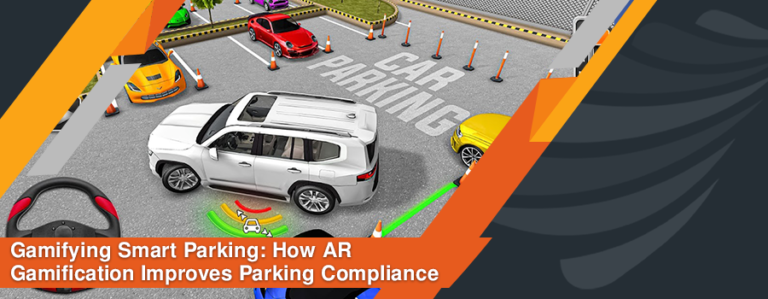Waste management has become one of the biggest issues all over the world. The major reasons are poor infrastructure, lack of planning, technological updates, illegal dumping, and limited authorities’ focus on this issue.
Over the last decade, this issue has been taken seriously. Countries are considering the increasing need to manage waste and adopt technological updates. After the concept of a smart city, traditional practices are completely revolutionizing. Similarly, we have begun working on “turning trash into treasure” to manage waste. To understand this concept, we first need to understand what smart waste management is.
Smart waste management is the latest IoT solution that optimizes waste collection, disposal, and recycling. This article will help you understand the concept of smart waste management and the secret behind turning trash into treasure.
Statistical Evidence of Poor Waste Management
Poor waste disposal contaminates land and the ocean, negatively impacting marine life. Also, it results in clogging drains, transmitting diseases, causing health issues, affecting economic development, and harming animals.
In many developing countries, around 90% of the waste is burned or dumped on empty plots or road sites, affecting the environment and health. We have evident in many cases the landslides of waste dumps damage housing societies and leave people at high health risks.
The most disappointing fact is that waste generation is expected to increase in many developing and lower-to-middle-income countries. Predictive analytics highlight that the waste generation in South Asia and Sub-Saharan Africa will triple by 2050 – contributing to 35% of world waste. Other expected countries that will contribute to waste generation on double scale by 2050 are North Africa and the Middle East.
What is Smart Waste Management?
Smart waste management is an advanced system using the Internet of Things and data to optimize resource allocation, disposal, and management. Many of the waste management systems provide unique features.
To elaborate, BinWise, an innovative smart waste management solution, uses IoT to optimize waste truck routes and waste collection. Waste collectors get real-time notifications about the fill levels of waste bins. With the use of BinWise, they get the opportunity to reach the location only when the containers are filled. In this way, it optimizes route planning and minimizes fuel consumption.
The system relies on level sensing sensors, which detect that the containers reach the threshold level. It sends an alert via a web application. This system is used in public places like roads, parks, stations, and beaches to ensure effective waste collection and promote cleanliness.
Role of Smart Waste Management in Turning Waste into Renewable Energy
Smart waste management promotes environmental sustainability by turning waste into renewable energy sources. It employs advanced techniques and technology to optimize waste disposal and collection. The best ways through which smart waste management contributes to tuning waste, not renewable energy, are:
1. Prompt Waste Collection
The system with sensors and IoT devices monitors waste levels. It collects data to conduct analyses, ensuring the optimization of waste collection routes. This process helps reduce fuel consumption and ultimately contributes to less carbon emission. The efficient collection leads to proper recycling, resulting in less waste to decompose, causing high emissions of greenhouse gases.
2. Anaerobic digestion
One of the effective methods to turn waste into renewable energy is anaerobic digestion. In this process, we observed the breakdown of organic matter to produce biogas without oxygen. Smart waste management optimizes this process by controlling the inputs and conditions, maximizing biogas production for energy generation.
3. Bioenergy and Biomass
The collected waste is separated according to the type. The accumulated organic waste can be converted into biomass, later used for bioenergy production. The incorporation of smart technology helps regulate temperature, setting required airflow and moisture levels, allowing the production of high-quality biomass that can further process or burn into biofuels.
4. Waste-to-Energy Plants
Smart waste management helps in the efficient implementation and operation of waste-to-energy plants. The collected non-recycled waste burns to produce heat, which turns into steam, assisting in running turbines and generating electricity. Incorporating smart waste management optimizes the burning process and ensures less carbon emission.
5. Public Awareness
Through smart waste management, we can collect data in real-time. We can analyze this data to present important stats and spread awareness about the impact of improper waste disposal and the role of citizens in it. By engaging the public and encouraging them to play their role positively, we can increase recycling rates and reduce the amount of illegal waste disposal in landfills.
To Sum up
Smart waste management transforms trash collection, making it more effective, efficient, sustainable, and environmentally friendly. These smart systems can track, monitor, and optimize waste collection. The collected waste can be processed for recycling, biogas, and electricity generation. In this way, it helps to turn waste into renewable energy. Increased recycling rates, better public awareness, and a cleaner environment are further advantages.






